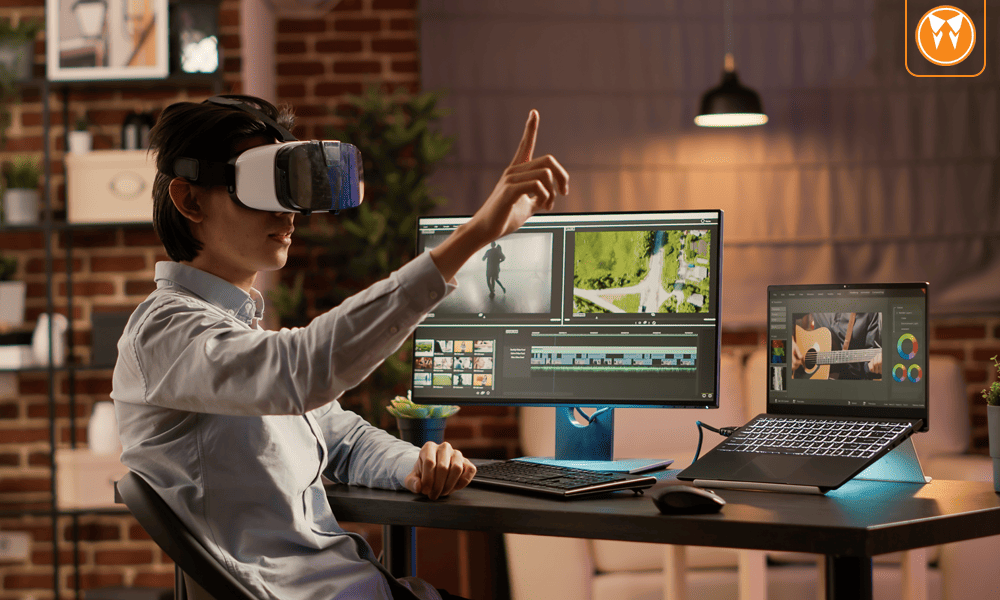OpenAI has officially launched its new AI-powered video generator, “Sora,” to all users, marking a significant milestone in the world of artificial intelligence and video production. The innovative tool allows users to easily create high-quality videos, complete with text-to-speech features, by simply inputting written prompts. This move aims to revolutionize how content creators, educators, and businesses produce videos without needing advanced technical skills.
The Power of ‘Sora’: Transforming Content Creation
With ‘Sora,’ OpenAI is making it easier than ever for anyone to generate videos with minimal effort. The tool leverages the capabilities of large language models and neural networks to turn text-based descriptions into engaging visual content. Whether for marketing campaigns, tutorials, or social media, ‘Sora’ is designed to simplify the video creation process and democratize access to video production tools.
Users can provide a text prompt, and ‘Sora’ will generate relevant video sequences that align with the input. Additionally, it supports a variety of languages, making it globally accessible. By removing the need for expensive equipment or professional editing software, OpenAI is empowering individuals and businesses alike to create professional-quality videos at a fraction of the cost and time.
Here’s a step-by-step breakdown of video creation with Sora
Pre-production: Planning & Preparation
- Define Your Goal: Understand the purpose of your video—whether it’s educational, promotional, entertainment, etc.
- Script Writing: Outline the main points and structure. Write a script or storyboard to visualize each scene.
- Gather Assets: Collect all materials needed—images, videos, music, voiceovers, and any other resources.
2. Production: Creating the Video
- Set Up Your Project: Start a new project in Sora. Choose the resolution, aspect ratio, and other settings.
- Import Media: Upload all your assets (footage, images, music) into the project timeline.
- Edit & Arrange: Cut, trim, and arrange the clips in the desired sequence. Apply transitions, effects, and overlays where needed.
- Add Audio: Sync voiceovers, background music, and sound effects to enhance the video’s impact.
3. Post-production: Finalizing & Publishing
- Review and Refine: Watch the video several times to ensure everything flows well. Make adjustments to timing, effects, or audio levels as needed.
- Export: Once satisfied with the edit, export the video in the desired format (e.g., MP4, MOV).
- Share: Upload the final video to platforms like YouTube, Vimeo, or any social media channels, or distribute it directly to your audience.
The possibilities with ‘Sora’ are vast. Content creators can now produce everything from explainer videos and educational content to product demos and promotional clips. With the tool’s versatility, users can customize the visuals, voiceovers, and backgrounds to fit their brand’s aesthetic and messaging. This flexibility is ideal for creators seeking to engage their audience with high-quality content while saving both time and money.
OpenAI’s decision to release ‘Sora’ to all users reflects its commitment to making cutting-edge AI technology accessible and practical for a wider audience. Whether you’re a seasoned content creator or a small business owner, ‘Sora’ provides the resources to craft visually appealing videos that resonate with audiences.
As AI-driven tools continue to advance, ‘Sora’ sets a new standard for user-friendly content creation platforms. The release of this tool is expected to accelerate the adoption of AI in the creative industries, pushing the boundaries of what’s possible in video production. OpenAI’s move could prompt a wave of innovation and experimentation as more individuals embrace AI-assisted video creation for a variety of applications.
Ultimately, ‘Sora’ represents a significant step forward in OpenAI’s ongoing efforts to bring artificial intelligence to the forefront of creative and business-driven initiatives. Whether for personal projects or professional endeavors, ‘Sora’ is poised to change the way we think about video creation, making it more accessible, efficient, and scalable than ever before.

